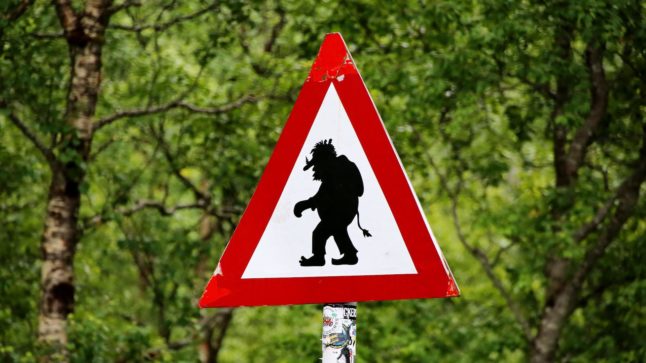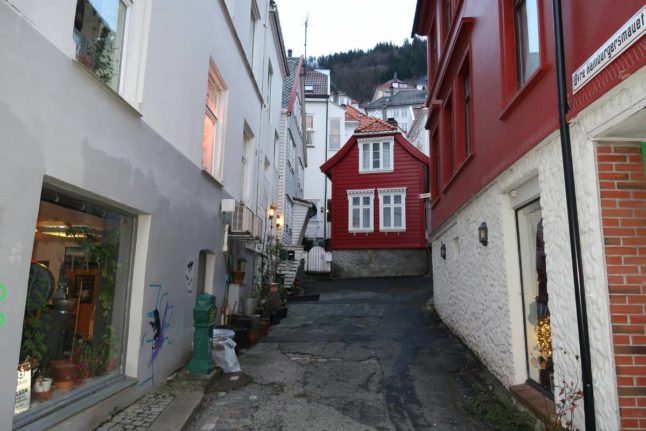Trollfjorden, Trolltunga, Trollveggen, Trollstigen, Trollvann and Jotunheimen National Park are among the things in Norway named after or with a heavy connection to trolls.
If the on-the-nose naming of landmarks and beauty spots after trolls weren’t enough to go on, just peer into a souvenir shop (or many Norwegian homes), and you’d see plenty of small ornaments.
Aside from Vikings, trolls are used more than anything else to symbolise Norway. Trolls’ origins are like, most Norwegian folklore, steeped in Norse mythology. The earliest written record of trolls appears in the book Prose Edda from the 13th century.
Trolls, in Norwegian folklore, are said to be evil, mythical creatures that live in isolated areas such as mountains and forests, as well as caves. Mythology has them as both living solitary lives or in small families.
Typically, trolls are depicted as large, ugly giants with big noses and bulging eyes. However, their depiction has been quite varied across Norwegian folklore. For example, in Norse mythology and Scandinavian folklore, they have been depicted with more than one head, some as giants, others as dwarfs more akin to the ornaments you’ll find in souvenir shops.
They are also shown to have different behaviours and characteristics depending on the type of troll they are. For example, mountain and forest trolls are generally considered large and brutish creatures, using trees as clubs and causing extreme weather events such as avalanches, landslides and hurricanes.
Then there are the more diminutive cave trolls, smaller than humans and depicted as rotund with stubby arms. These trolls use their mythical connections with nature to deceive humans. Trolls belonging to the sea, fjords, rivers and lakes are also depicted.
Typically, trolls have feared sunlight and lighting (as Thor in Norse mythology would hunt them) and can normally be dispatched by humans using their quick wits and intuition to either strike deals, solve riddles or trick the troll into causing itself harm.
Folklore explains many of the country’s most spectacular rock formations as trolls turned to stone when exposed to direct sunlight.
As Christianity was introduced to Norway, religiosity became more intertwined with folklore. Much like how Santa Lucia was used to intertwine original mythology with Christianity, the church put tales of trolls to use.
For example, the Trogre type of trolls, which looked like ogres in size and appearance (called Jotun, which forms the basis for the name of the Jotunheimen National Park), were considered evil, un-Christian creatures were warded off with the sound of church bells. These trolls were also said to destroy churches and attack priests.
The other type of troll, Troblin, is much smaller in stature and more mischievous than outright evil. These creatures instead like to stir up trouble on Christmas, a Christian holiday.
Trolls in popular culture
Many stories of trolls were passed down verbally until Peter Christen Asbjørnsen, and Jørgen Moe decided to collect folktales from Norway’s countryside and publish them.
In many of the duo’s most famous tales, trolls play a pivotal role. Many of the stories are still enjoyed by young Norwegian children today.
The creatures were also a subject of fascination for Theodor Kittelsen, whose most famous and eerie mountains centre around trolls. One of his most famous works, The Monster of The Lake, is on display in the national museum and depicts a lake troll.
Norway’s most famous playwright, Henrik Ibsen, also wrote about trolls. His work Peer Gynt includes the appearance of the troll king of Dovregubben.
The Norwegian fantasy film The Trollhunter also centres around trolls, using both characteristics displayed in myths and legends and basing their appearance on the work of Kittelsen. The film was acclaimed both in Norway and internationally.
In 2022, trolls of the Norwegian variety would be cast back into the spotlight with the release of the Netflix creature feature Troll. The film centres around a girl and her father exploring the mountains and who enjoys reminiscing about fairy tales. As a grown woman, the girl finds that trolls are indeed real, and she needs to reconnect with her father to get to the bottom of the mystery.
The film actually includes a nod to the mixing of the theological and mythological depictions of trolls as it includes a scene where the beast can sense somebody praying.



 Please whitelist us to continue reading.
Please whitelist us to continue reading.
Member comments